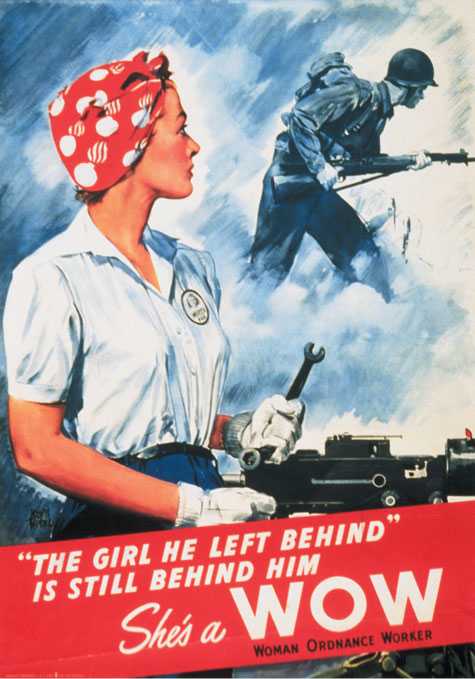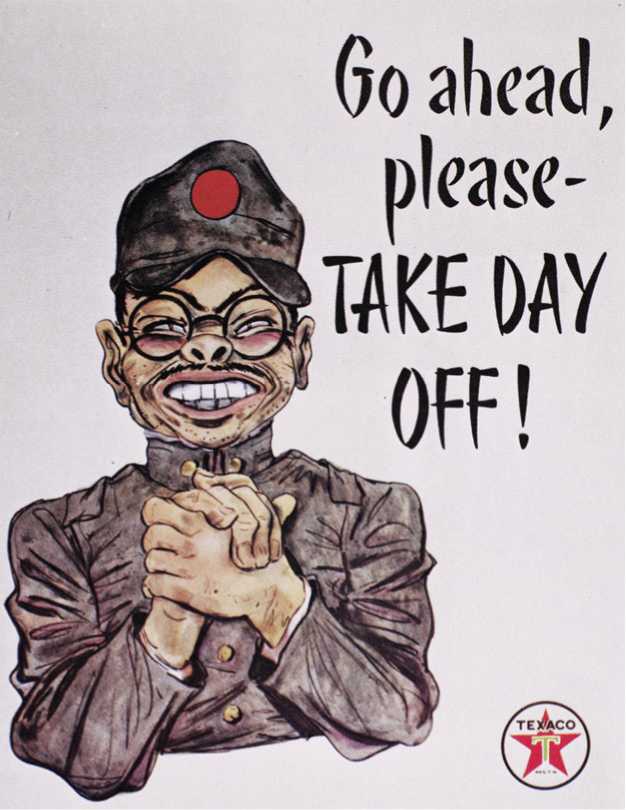World War II placed immense strains on the American economy and produced immense results. About 15 million men and women entered the armed services; they, and in part the millions more in Allied uniforms, had to be fed, clothed, housed, and supplied with equipment ranging from typewriters and paper clips to rifles, grenades, tanks, and airplanes. Congress granted wide emergency powers to the president. It refrained from excessive meddling in administrative problems and in military strategy. However, while the Democrats retained control of both houses throughout the war, their margins were relatively narrow. A coalition of conservatives in both parties frequently prevented the president from having his way and exercised close control over expenditures.
Roosevelt was an inspiring war leader but not a very good administrator. Any honest account of the war on the home front must reveal glaring examples of confusion, inefficiency, and pointless bickering. The squabbling and waste characteristic of the early New Deal period made relatively little difference— what mattered then was raising the nation’s spirits and keeping people occupied; efficiency was less than essential, however desirable. But in wartime, the nation’s fate, perhaps that of the entire free

A poster encourages women to work in munitions to support the war effort.
World, depended on delivering weapons and supplies to the battlefronts.
The confusion attending economic mobilization can easily be overstressed. Nearly all of Roosevelt’s basic decisions were sensible and humane: to pay a large part of the cost of the war by collecting taxes rather than by borrowing and to base taxation on ability to pay; to ration scarce raw materials and consumer goods; to regulate prices and wages. If these decisions were not always translated into action with perfect effectiveness, they operated in the direction of efficiency and the public good.
Roosevelt’s greatest accomplishment was his inspiring of industrialists, workers, and farmers with a sense of national purpose. In this respect his function duplicated his earlier role in fighting the Depression, and he performed it with even greater success.
The tremendous economic expansion can be seen in the official production statistics. In 1939 the United States was still mired in the Great Depression. The gross national product amounted to about $91.3 billion. In 1945, after allowing for changes in the price level, it was $166.6 billion. More specifically, manufacturing output nearly doubled and agricultural output rose 22 percent. In 1939 the United States turned out

Texaco, which produced this poster, used a racist caricature to discourage absenteeism among American workers during the war.
Fewer than 6,000 airplanes, in 1944 more than 96,000. Shipyards produced
237,000 tons of vessels in 1939, 10 million tons in 1943.
This growth was especially notable in the South and Southwest. This region got a preponderance of the new army camps built for the war as well as a large share of the new defense plants.
Southern productive capacity increased by about 50 percent, and southern per capita output, while still low, crept closer to the national average.
Wartime experience proved that the Keynesian economists were correct in saying that government spending would spark economic growth. About 8 million people were unemployed in June 1940.
After Pearl Harbor, unemployment virtually disappeared, and by 1945 the civilian workforce had increased by nearly 7 million. Military mobilization had begun well before December 1941, by which time 1.6 million men were already under arms. Economic mobilization proceeded much more slowly, mainly because the president refused to centralize authority.
For months after Pearl Harbor various civilian agencies squabbled with the military over everything from the allocation of scarce raw materials to the technical specifications of weapons. Roosevelt refused to settle these conflicts.




 World History
World History









